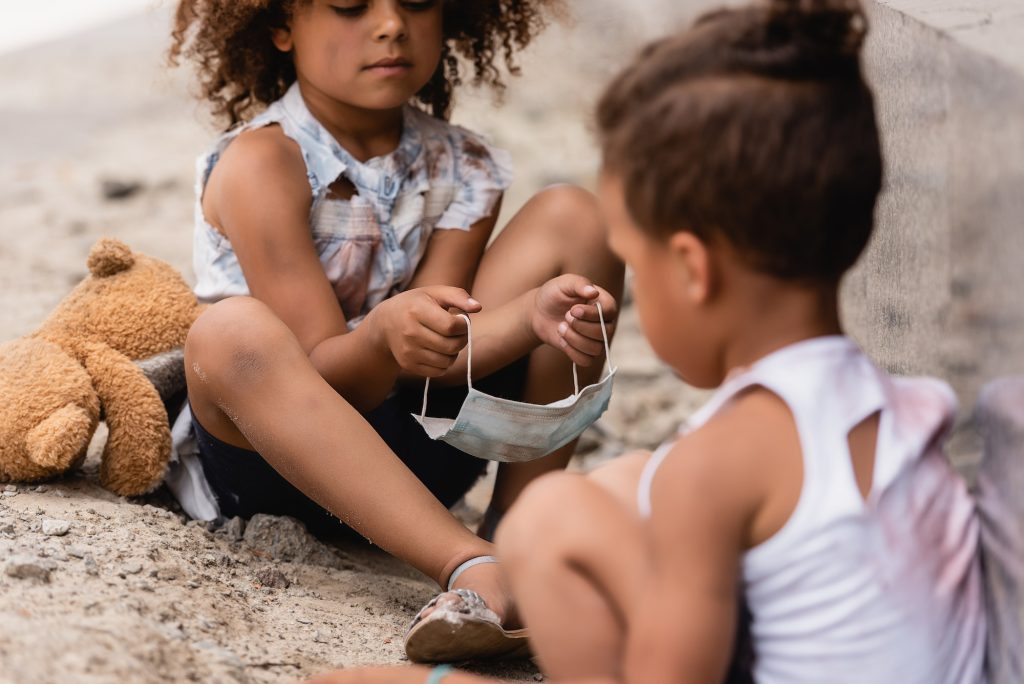If nothing changes, it will take at least 67 years to close the average gender gap in traditional news media
GMMP 2020 results show that only 25% of people who appear and speak in the media are women. This shows an increase of 1% between 2015 and 2020. This progression is the first since 2010 and it is more visible on radio and television.
The research was carried out by 116 teams around the world who examined 30,172 news stories that were published in newspapers, broadcast on radio and television, and posted on websites or sent as tweets by media outlets. ‘information.
In 2015, it was estimated that it would take 72 years to reach gender parity based on the GEM1 Index. The 2020 results therefore show that the situation continues to evolve at a very slow pace. However, full equality between women and men is not just a matter of numbers, it must also be accompanied by an improvement in the quality of journalism from a gender perspective.
Reports on violence against women almost never make the news, and when they do, women and girls are vastly underrepresented as subjects and sources. Only 1% of the stories in the sample appeared in the “gender and related topics” category, which includes news on various forms of violence against women and girls.
Gender equality as portrayed in the news still lags behind the situation in the physical world. compared to the situation in the physical world.
While women’s contributions are better recognized and understood in the real world, the same cannot be said in the news media. Reporting on the pandemic is an example: 27% of health specialists used in reporting on the coronavirus are women, while, according to statistics, 46% of women work in health on average. global scale. Among the people presented as housekeepers, almost seven in ten are women, a result similar to that of 2015. Likewise, their presence among unemployed people solicited in news reports increased by approximately eight points in the last 25 years. In fact, World Bank modeling based on gender-disaggregated labor force statistics suggests that the unemployment rate has fallen by 0.4 points for men and 0.5 points for women since year 2000.
After stagnating between 2005 and 2015, the visibility of women reporters increased by three points in the written press as a whole, as well as on radio and television.
Currently, four out of ten stories in traditional news media are presented by women, compared to 37% in 2005. Over the last twenty years, the number of articles by women in the written press has increased by 11 points , their visibility in television news increased by 9% and, online, 42% of journalists cited in articles and seen or heard in multimedia clips are women. A comparison between print and digital newspapers shows that stories presented by women are more or less evenly distributed between the various online and offline themes, while those presented by men are more about politics and government.
The gender of the reporter is important for the gender dimensions of reporting.
Across all years, GMMP results show that women reporters are more likely to turn to female sources and topics than men. In 2015, the results seemed to indicate that the gap was narrowing in terms of source selection by genre, but in the 2020 sampling, the gap more than doubled to 7 points. Currently, 31% of people appearing in traditional stories presented by female reporters are women, compared to 24% of subjects and sources in stories presented by men.
Report published today by
The World Association for Christian Communication – WACC
Toronto, CANADA.
308 Main Street Toronto, ON M4C 4X7 Canada Phone: +1 416-691-1999 Fax: +1 416-691-1997 INFO@waccglobal.org www.waccglobal.org www.whomakesthenews.org









